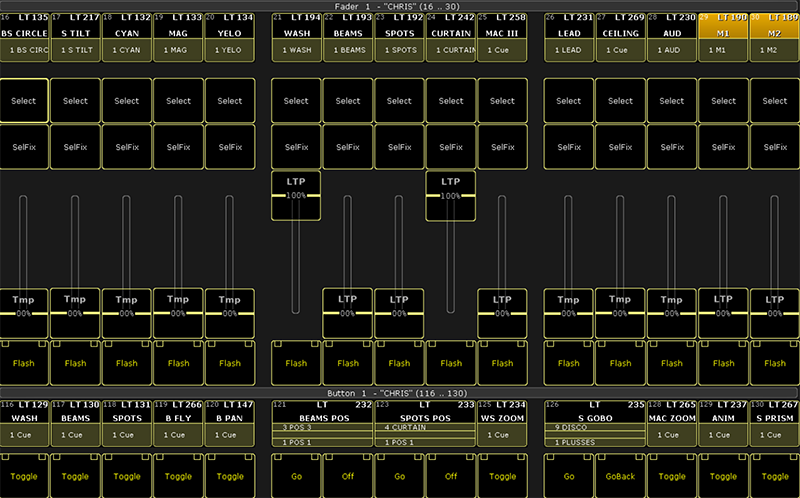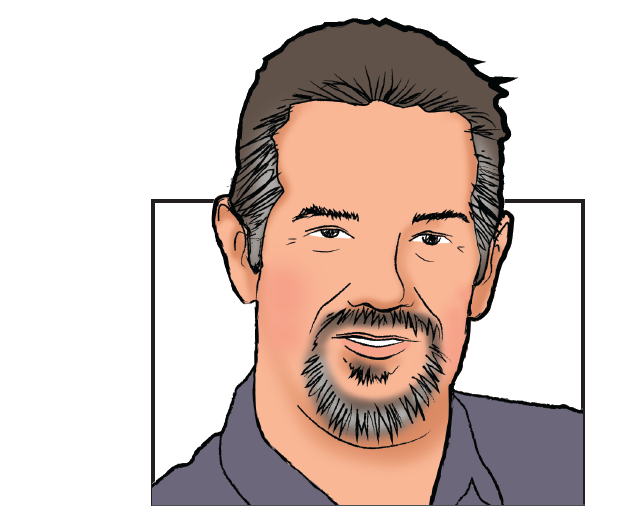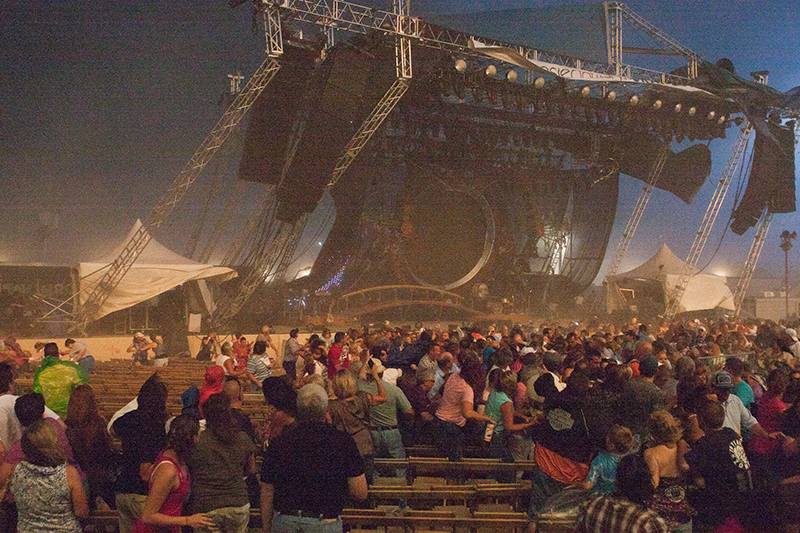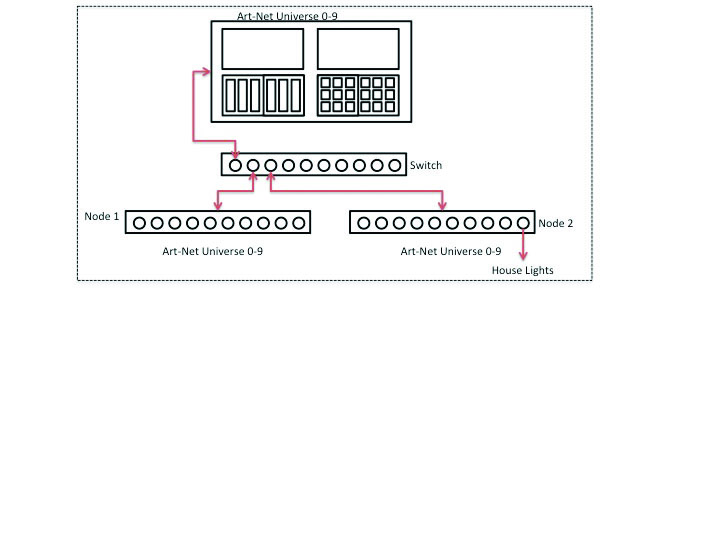So You Wanna Be a Crew Chief…
Be careful what you ask for. A lighting crew chief is the one who has to take whatever “rainbows and unicorns” vision a designer has plotted on paper and actually hang the corresponding, functioning rig. The first person that a lighting designer has to choose, once the rig has been confirmed, is the Lighting Crew Chief. This will be the person who is in charge of organizing, assembling and managing all of the logistics involved with the lighting rig. Here is a short list of the major qualities that a designer looks for when selecting a touring lighting crew chief.










